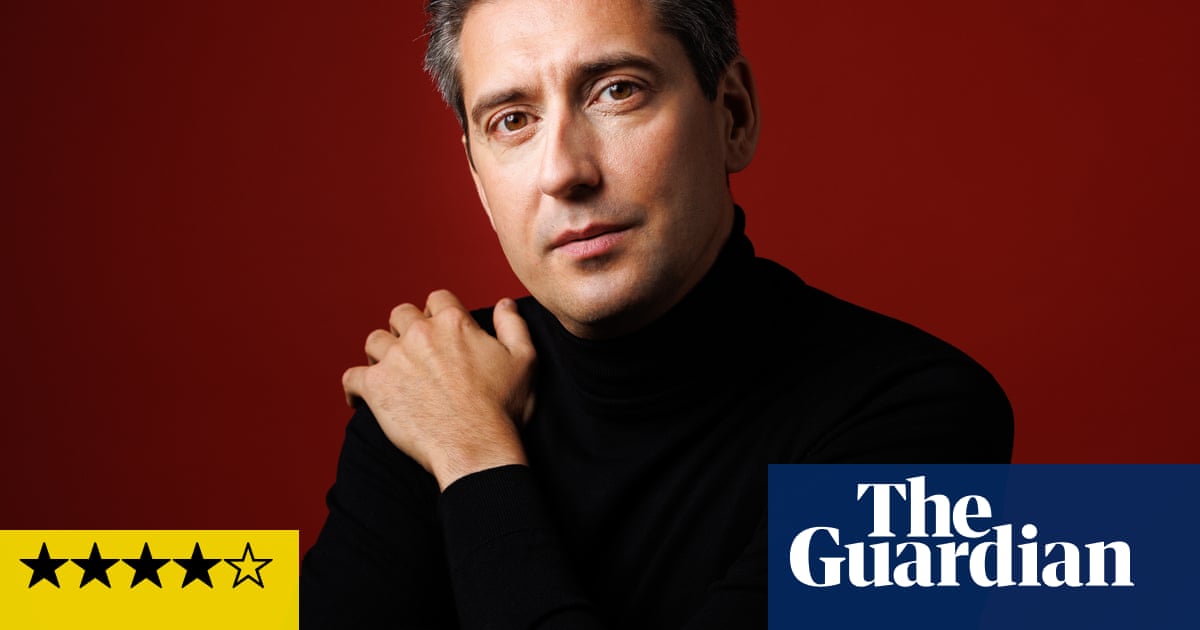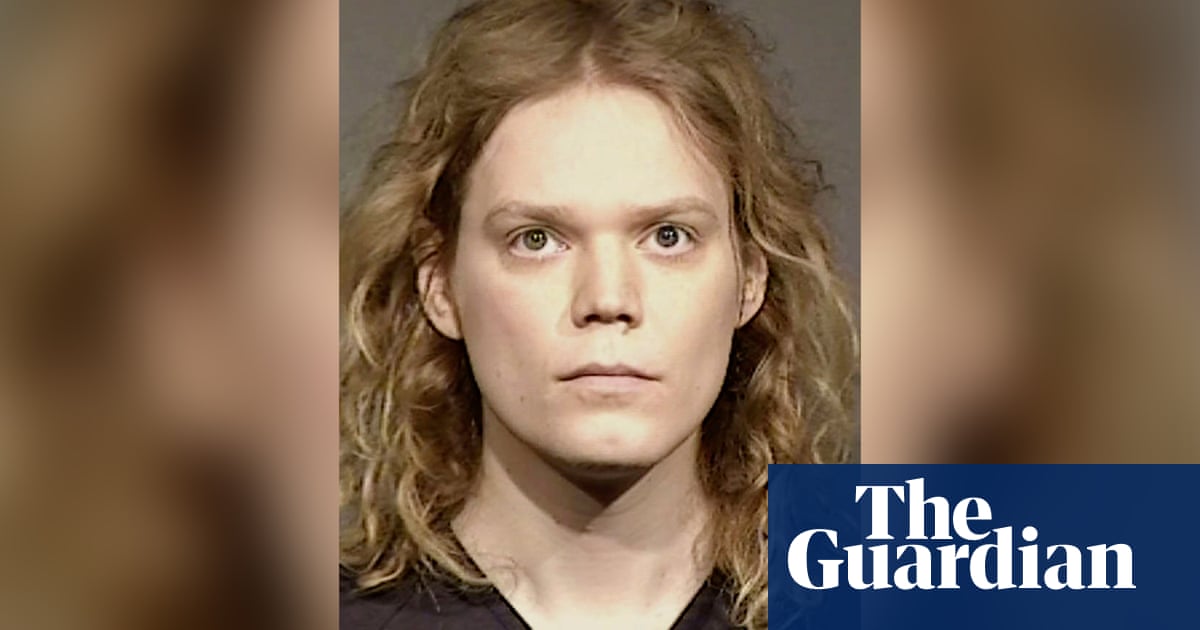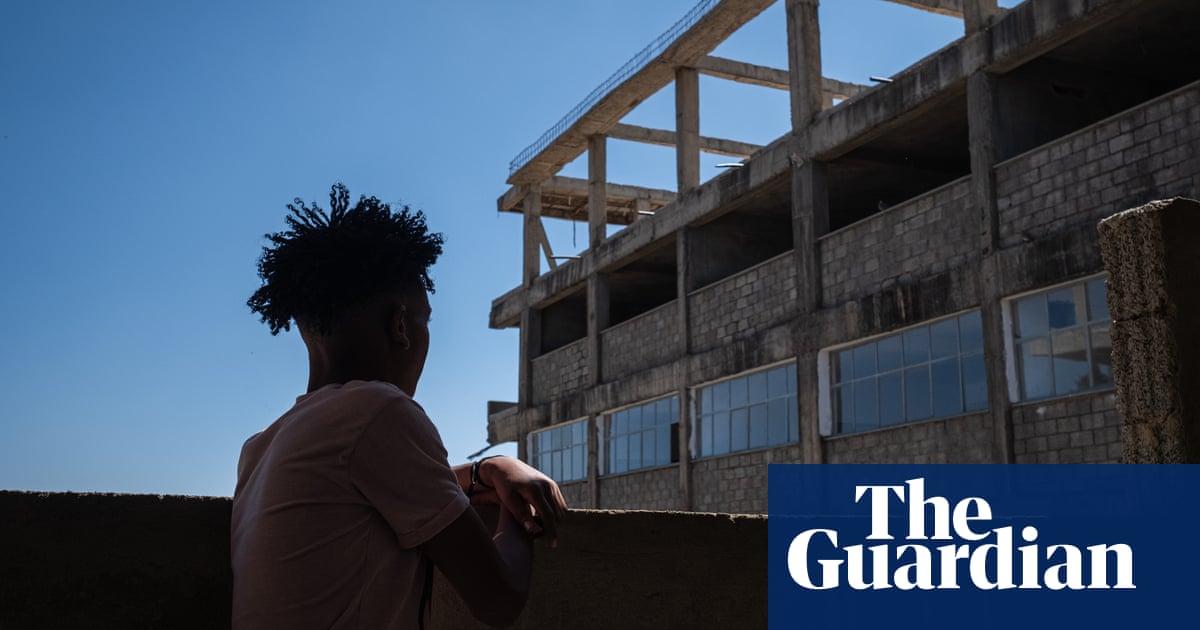When Glyndebourne opened its doors for the first time in 1934, the work on the programme was Mozart’s Marriage of Figaro. Mozart was the only music performed throughout Glyndebourne’s first four seasons, and he is still the composer with whom Britain’s first and best-known “country house” opera festival is most associated.
It was on a very different composer, however, that the gaze of the festival’s founder, John Christie, was initially trained. Christie was a Germanophile and obsessed with the work of Richard Wagner. “He was always hankering to do Parsifal at Glyndebourne as an Easter festival,” recalled his son, Sir George, who ran the Sussex festival after John’s death, until his own son, Gus, took over in turn at the start of the millennium. “He was only shut up by my mother.”
Ninety-one years after the festival’s founding, John Christie will finally get his wish as Wagner’s “stage consecration play” (as the composer himself designated it) is performed at Glyndebourne for the first time. But if it had been left up to Wagner’s widow, Cosima, neither Glyndebourne nor indeed any other theatre would ever have been allowed anywhere near Parsifal, her husband’s final masterpiece.
Cosima came from a glittering artistic lineage: her father was Franz Liszt, her mother the celebrated writer Marie d’Agoult. When Cosima and Wagner began their scandalous affair, producing three children out of wedlock, she was married to Hans von Bülow, one of Germany’s leading conductors. She outlived her second husband by almost half a century (he was 24 years her senior), dying just four years before Christie and his wife Audrey Mildmay first welcomed the public to their new theatre on their Sussex estate.
Wagner himself died in Venice in February 1883, barely six months after the triumphant premiere of Parsifal, the only one of his 13 operas conceived with an understanding of how the innovative auditorium and orchestral pit of his festival theatre in Bayreuth would actually function.
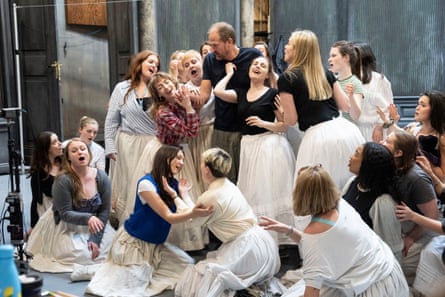
Cosima’s grief initially took the form of paralysis: friends literally had to prise her away from her husband’s corpse. But she soon applied herself with extraordinary tenacity to ensuring that the Bayreuth festival, inaugurated seven years earlier with the first performances of Wagner’s four-part Ring cycle, would remain under the family’s control. She planned to act as regent until the couple’s only son – the auspiciously named Siegfried, just 13 when his father died – was old enough to take charge. Securing Bayreuth’s future required political dexterity: Cosima deftly cultivated Bavarian rulers and German kaisers, emphasising the festival’s importance to kingdom and empire alike.
The Ring and Parsifal were the only works that Wagner himself ever saw in Bayreuth. Cosima broadened the repertoire to include Tristan und Isolde and Die Meistersinger. But Parsifal remained by far the festival’s most frequently performed work: of the 194 festival performances between Wagner’s death and 1900, 91 were of Parsifal. Ironically, given the composer’s well-deserved reputation for antisemitism, the only conductor to make a real success of his final work was Hermann Levi, a rabbi’s son who weathered abuse from Cosima and her coterie of antisemites to return for festival after festival.
Cosima was acutely aware of Bayreuth’s unique selling point: Parsifal was the only work that could be seen solely at the festival. This was what Wagner had always intended: “There alone may Parsifal be presented, now and always,” he wrote to King Ludwig II of Bavaria. He was horrified to think that his Knights of the Grail, their wounded king (Amfortas), the sorcerer who threatens them (Klingsor) and the knight who redeems them (Parsifal) might be represented “in any other theatre as a mere amusement for its audience”.
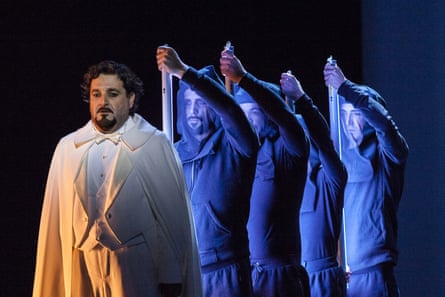
For his family, Wagner’s decree carried an absolute and everlasting moral force. In the eyes of the rest of the world, it had no legal standing. Wagner’s music would fall out of copyright in 1913, meaning that opera houses across the world would be able to mount Parsifal – and indeed any of his works – without seeking the family’s permission or paying any royalties.
If Cosima wanted to prevent Parsifal from entering the public domain, she needed to be decisive. In 1901, when the Reichstag debated extending copyright from 30 to 50 years from an author or composer’s death, Cosima lobbied vigorously. She wrote to every parliamentarian, extolling Wagner’s legacy to the German nation but the proposal was rejected.
Two years later, in 1903, Cosima received a devastating blow when the incoming director of the Metropolitan Opera, Heinrich Conried, launched his tenure in spectacular style by announcing a production of Parsifal. She was outraged – but legally powerless. The US had not signed the Berne copyright convention, meaning that the restrictions on Wagner performances that still applied in most of Europe did not bind the Met, and Siegfried had carelessly sanctioned a miniature score from which copyists made perfectly legal handwritten parts. The production was a sensation, but, for Cosima, it desecrated her husband’s most sacred work.
As 1913 approached, Cosima’s acolytes made one final push to promote a special law – Lex Parsifal, as it was dubbed – to protect the family’s rights in perpetuity. Resigned to the rest of Wagner’s works entering the public domain, the family sought instead to secure for Parsifal an unprecedented legal status: performances would remain forbidden anywhere other than Bayreuth, in recognition of the unique cultural legacy Wagner had bestowed on Germany and the world with his final work.
The instigator of this final and somewhat desperate move was Houston Stewart Chamberlain, English-born author of infamous racist tracts and son-in-law of Cosima, who enlisted supporters including Richard Strauss and Hans Pfitzner. Their plan foundered, but a decade later, on his first visit to Wahnfried, the Wagner home in Bayreuth, Adolf Hitler undertook that “if I should ever succeed in exerting any influence on Germany’s destiny, I will see that Parsifal is given back to Bayreuth”. Despite his notorious intimacy with Siegfried Wagner’s widow, Winifred, and sons Wieland and Wolfgang, his promise was not kept.
Cosima’s efforts were motivated not just by financial considerations, but also by a sincere if misplaced desire to preserve what she perceived as Parsifal’s unique character. In a letter to Kaiser Wilhelm II, she likened the work to a sacred relic unveiled to pilgrims only on a few special occasions. The productions she supervised retained every detail of Wagner’s increasingly dated staging and movement directions; critics began to describe Bayreuth as a mausoleum.
Cosima’s work cast a long shadow over subsequent interpretations. The tendency to treat Parsifal more like a religious ceremony than a piece of theatre endured well beyond her death. Even in 2020, Roger Scruton defended the convention of refraining from applause after Act I on the grounds that “it shows the incorporation into the Eucharist of a real sacrificial victim”. Many recent productions, however, have distanced the audience from the ceremonies depicted. Ruth Berghaus’s 1982 centenary production for Frankfurt characterised the Grail community as decaying and misogynistic. Stefan Herheim’s 2008 Bayreuth Parsifal linked its story to the festival’s history and that of 20th-century Germany, staging the action in Wahnfried.
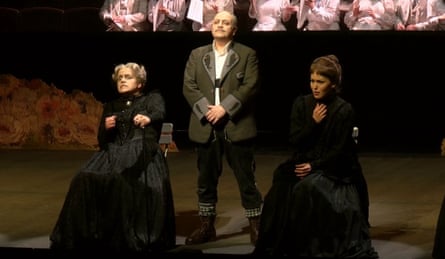
The conjunction of Parsifal and Glyndebourne is a fascinating prospect. A relatively small theatre can present it as an intimate human drama rather than a monumental, ceremonial work. In a view resonating intriguingly with current debates, director Jetske Mijnssen interprets its characters as vulnerable human beings, describing Amfortas as unable to die and Parsifal as someone who can give him “the gift of dying”. Even without Bayreuth’s unique covered pit, meanwhile, Parsifal’s sumptuous score – described by that ambivalent Wagnerian Claude Debussy as “one of the loveliest monuments of sound ever raised to the serene glory of music” – will surely be heard to great advantage in Glyndebourne’s famously warm acoustic.
Ten days after Glyndebourne’s Parsifal opens, Cosima herself will appear on the stage of another of Britain’s leading country house opera festivals, along with Hermann Levi, Siegfried Wagner, Houston Stewart Chamberlain and several other friends and family members. Longborough – founded in 1991, and the brainchild of another passionate Wagnerian, Martin Graham, is often described as the English Bayreuth, thanks both to its Wagnerian track record and to resemblances between the buildings. The Cotswolds festival is a singularly appropriate venue for the UK premiere of Avner Dorman’s Wahnfried. In Dorman’s telling, the name Wahnfried (“free from delusion”) proves ironic: not only are the house’s inhabitants themselves deluded, they force their delusions on others.
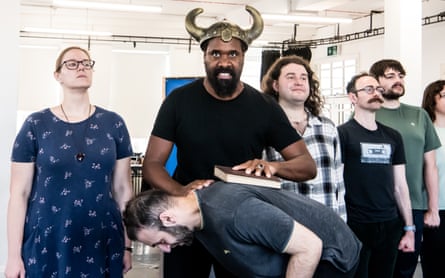
In non-linear and sometimes surreal fashion, and with music that is often funny and only occasionally sounds like Wagner (the sound-world is closer to Weill, Shostakovich, Adams and klezmer), Dorman exposes the thread linking Cosima’s cult of Wagner to the horrors of the Third Reich. The cast includes a character identifiable as Hitler, whose music Dorman evolved by transcribing one of the Führer’s speeches into musical notation, “so that it would sound like him, and also so I didn’t have to write music for him – I just couldn’t do that”. But however baleful Dorman shows Wagner’s legacy to be, his opera does not demonise the composer – although it does Daemon-ise him. Wagner is represented on stage by a “Daemon” (following Philip Pullman’s spelling and example) who evokes “perhaps the ghost of Wagner, perhaps what is left of him, when rid of the antisemitic bile”.
Dorman, whose opera premiered in 2016, was attempting to reconcile his fascinated admiration for Wagner with his knowledge of the cult’s consequences: writing the opera was part of this process, but he admits that “it hasn’t solved the problem”. As a musician raised in Israel, where Wagner is effectively banned, and the grandson of a Holocaust survivor, Dorman has more reason than most to feel equivocal. But the challenge he faces is common to all who seek to interpret Wagner: to separate what is beautiful and humane in his work from the ideology surrounding it. Disentangling Wagner from the cult his widow inspired is both difficult and essential.

 5 hours ago
2
5 hours ago
2




